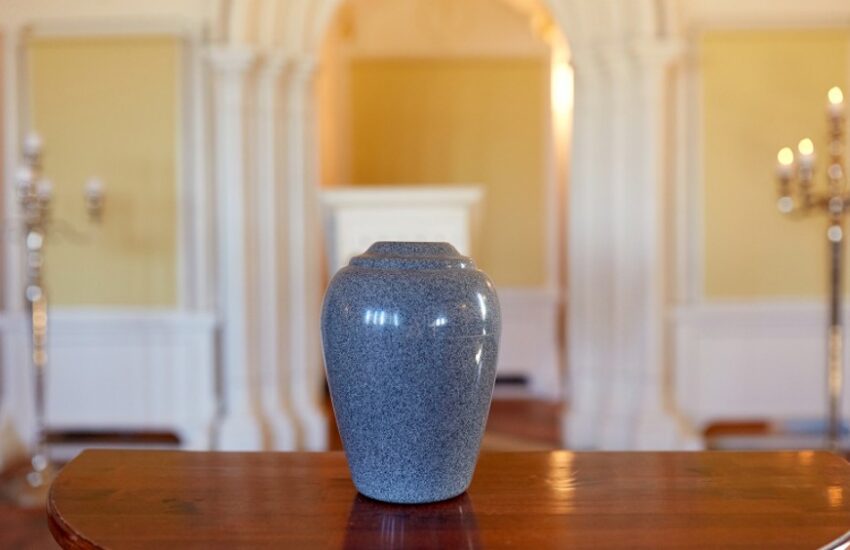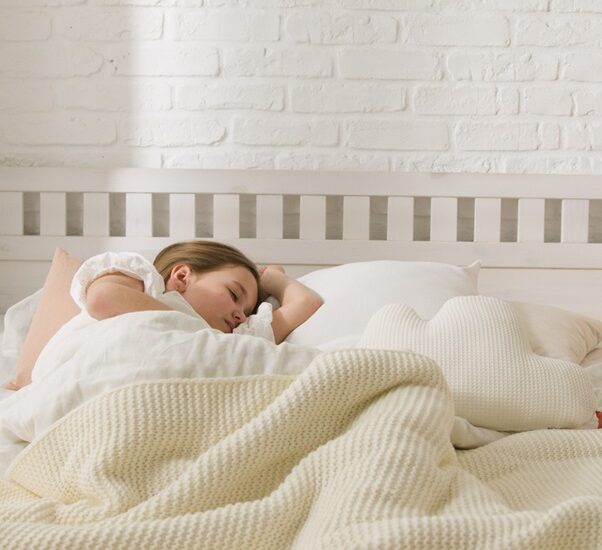As a parent, the real concern is always about the safety of your children and they should also be safe even when they sleep. In this article, I will discuss the importance of a safe sleeping environment for your children, as this applies to cots. We don’t want our children to be injured in their sleep or playing in bed during the day – as most children do at times.
Some of the important things to look for when buying kids’ bed
- Quality of construction
Is the construction of the bed solid? Whatever material is used, the bed should not look rough or thin. Even if it is supported by the weight of an adult, it should not be dangerous. If you climb on it and you feel like it will collapse at any moment, avoid it. Imagine a probable situation where 2 or more children jump on the bed – would they like to resist? If it breaks, children are likely to get hurt. Not out of bad intentions, but because children are still learning and often make mistakes in judging where things stand around them before it bursts. It also means that the surfaces must be well treated, water-repellent, and resistant to prying fingers. Particleboard is often used for beds but is easily weakened if it is not covered with veneer, vinyl, or laminate. Be sure to check the bolts, nails, nuts, and bolts. It should be tight and inward. Also look for sharp edges in wood, steel, or plastic. Unfinished wood can create many chips; especially when the sand is bad. Screws, nails, nuts, and bolts must not interfere with or have sharp edges. Nuts and bolts anywhere near a surface that is often in contact with a child should have soft ends for optimal protection.
- Design safety
Make sure the bed is not dangerous in its own way. These include safety railings, especially on bunk beds and loft beds, but also on empty beds. Even with the safety railing on, children sometimes managed to recover a long leg that had fallen out of the single bed, once or twice. It’s not a fun experience. Take a good look at the bed to see if there is a pinch in your arm, leg, or another part of your body. Check the bed’s operating instructions to see if they comply with the safety regulations in force in your area. This should include specific distances between the parts of the bed so that children under a certain age are not kept in any way. Remember – if there is a hole, the children will push something into it.
- Toxic substances do not belong to kids’ bed
This is sometimes a bit difficult to avoid. And what about the colors, finishes, and materials used in the bed? Is it toxic or does it release toxic fumes? Particleboard contains formaldehyde and expels it to height, especially when fresh. It shouldn’t be a problem if the blowing is slow and you don’t forget to ventilate the room for at least half an hour a day. Some substances may also contain ingredients that are not very hygienic. Sometimes the dye used on bed-themed decks and tents can also be toxic. When in doubt, trust your nose: if it emits a strong chemical odor, it’s probably not good. Also, avoid soft plastic parts as they may contain hazardous plasticizers.
Make sure that when it comes to kids’ beds, there is no compromise!





